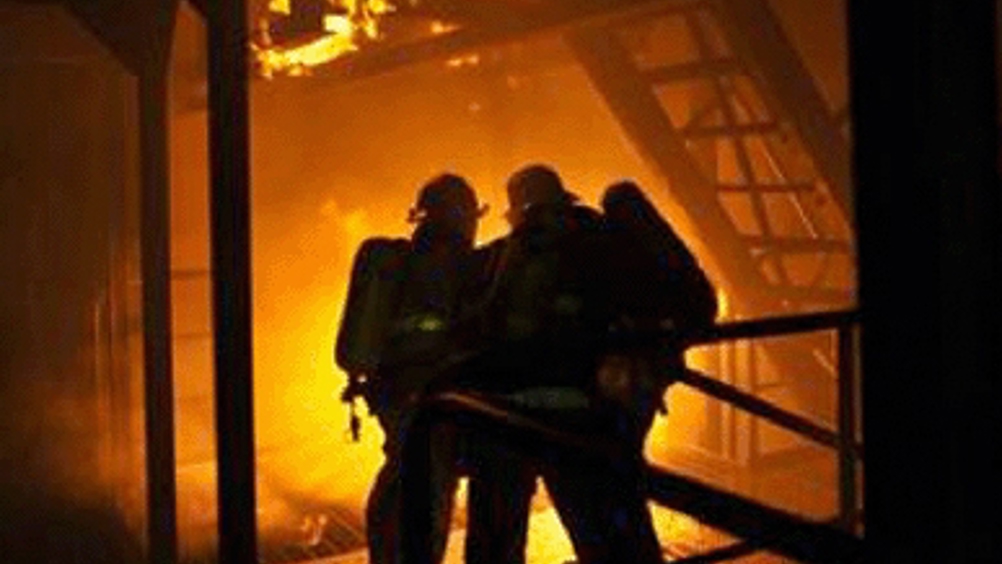DARPA investigates electric and acoustic fire suppression
US defence researchers are investigating the use of new electric and acoustic techniques for extinguishing small fires in enclosed military environments.

Traditional fire-suppression technologies focus largely on disrupting the chemical reactions involved in combustion. However, a team at the Defense Advanced Research Projects Agency (DARPA) noted that, from a physics perspective, flames are cold plasmas.
The researchers therefore theorised that, by using physics techniques rather than combustion chemistry, it might be possible to manipulate and extinguish flames. To achieve this, new research was required to understand and quantify the interaction of electromagnetic and acoustic waves with the plasma in a flame.
One of the technologies explored was a novel flame-suppression system that used a handheld electrode to suppress small methane gas and liquid fuel fires. Since the electrode is sheathed in ceramic glass, no current is established between the electrode and its surroundings.
The oscillating field induces a rapid series of jets that displaces the combustion zone from the fuel source, leading to extinguishment of the fire. Put simply, the electric field creates an ionic wind that blows out the flame. This same approach was not able to suppress a small heptane pool flame.
Register now to continue reading
Thanks for visiting The Engineer. You’ve now reached your monthly limit of news stories. Register for free to unlock unlimited access to all of our news coverage, as well as premium content including opinion, in-depth features and special reports.
Benefits of registering
-
In-depth insights and coverage of key emerging trends
-
Unrestricted access to special reports throughout the year
-
Daily technology news delivered straight to your inbox










UK Enters ‘Golden Age of Nuclear’
The delay (nearly 8 years) in getting approval for the Rolls-Royce SMR is most worrying. Signifies a torpid and expensive system that is quite onerous...